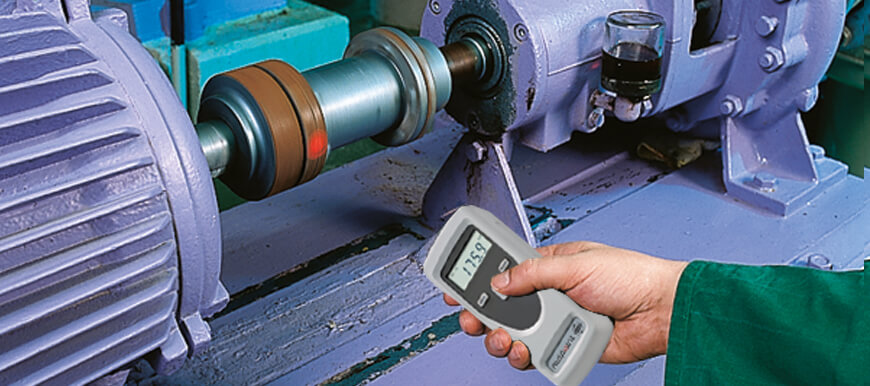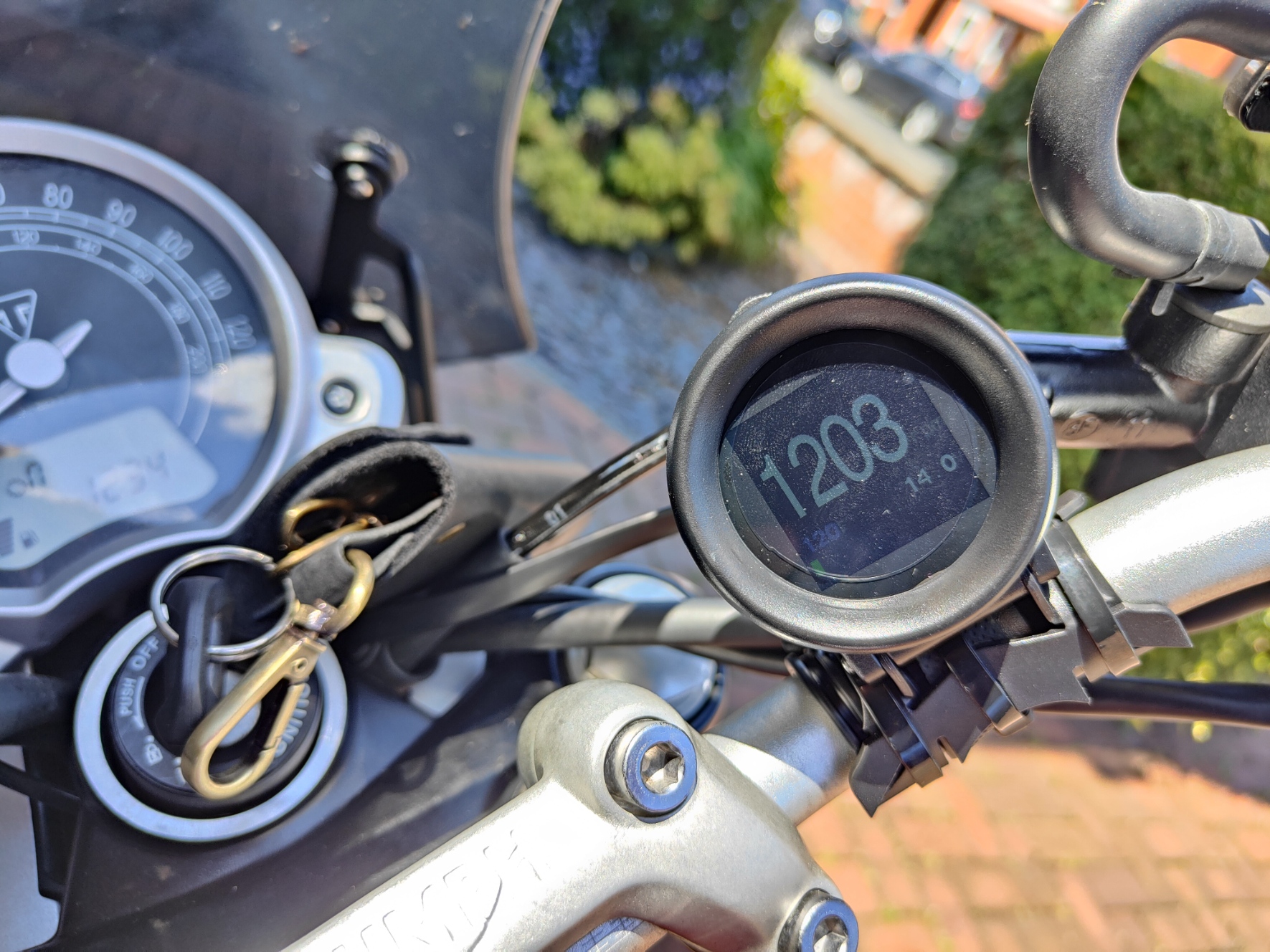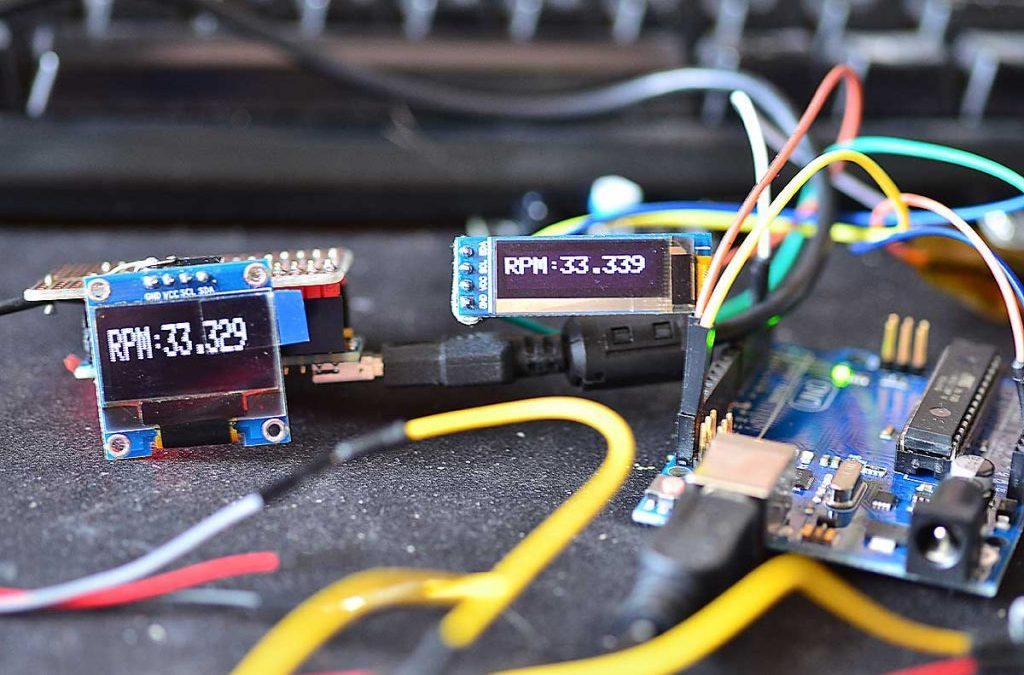Installing a tachometer on a Mercury outboard engine is an excellent way to monitor your engine’s performance and ensure it runs efficiently. If you are looking for guidance on how to install a tachometer on a Mercury outboard, you have come to the right place.

Why Install a Tachometer on Your Mercury Outboard?
Tachometers are essential instruments for boat owners. They help you keep track of your engine’s RPMs (Revolutions Per Minute), which is crucial for maintaining optimum performance, fuel efficiency, and identifying potential issues early on.
Ensure Proper Engine Performance
By monitoring the RPMs, you can ensure that your engine is working within its recommended range, preventing over-revving that could damage the engine.
Improve Fuel Efficiency
Understanding your engines speed can help you adjust your throttle for better fuel consumption, ultimately saving you money.
Tools and Materials Needed for Installation
- Tachometer
- Wiring harness
- Screwdriver set
- Wire stripper
- Electrical tape
- Mounting hardware
- Drill and bits
- Mercury outboard service manual
Step-by-Step Installation Guide
Step 1: Safety First
Before beginning the installation, make sure your boat is turned off, and the key is removed from the ignition.
Step 2: Identify a Suitable Location
Choose a location on your dashboard that is easily readable while operating the boat. Ensure there is enough space behind the dashboard for the tachometer and its wiring.
Step 3: Mark and Drill the Mounting Holes
Using the tachometer as a template, mark the mounting holes with a pencil. Drill the holes using an appropriate-sized bit.
Step 4: Connect the Wiring Harness
Follow the instructions provided with your tachometer to connect the wiring harness. Typically, this involves connecting the positive (red) wire to the ignition switch, the negative (black) wire to a ground, and the signal (green) wire to the engine.
Step 5: Mount the Tachometer
Securely mount the tachometer onto the dashboard using the provided screws and hardware.
Step 6: Test the Tachometer
Turn on your boat and check the tachometer. Ensure it reads the RPMs accurately and make any necessary adjustments as outlined in the service manual.
Common Issues and Troubleshooting
Inaccurate RPM Readings
If the RPM readings are inaccurate, double-check the wiring connections and ensure they are secure. Consult your tachometers manual if the problem persists.
Tachometer Not Functioning
If the tachometer is not functioning at all, re-check your power and ground connections. Make sure there are no breaks in the wiring.
Maintaining Your Tachometer
Regular Inspections
Regularly inspect the tachometer for any signs of wear or damage. Check the connections to ensure they remain secure.
Cleaning
Keep the tachometer clean by wiping it with a soft cloth. Avoid using harsh chemicals that may damage the device.
Conclusion
Installing a tachometer on your Mercury outboard can greatly enhance your boating experience by ensuring your engine runs within its optimal performance range. By following this detailed guide on how to install a tachometer on a Mercury outboard, you can easily and confidently carry out the installation process.

FAQ
1. How do I know if my tachometer is compatible with my Mercury outboard?
Consult your Mercury outboards service manual or contact the tachometer manufacturer to ensure compatibility.
2. What should I do if my tachometer is not reading the RPMs correctly?
Check the wiring connections and ensure they are tight and secure. Refer to the troubleshooting section of the tachometers manual.
3. How often should I inspect my tachometer?
You should inspect your tachometer regularly, especially before and after each boating season.
For further information, you can visit Wikipedia or other reputable sources.here is a detailed guide on Tachometers.
